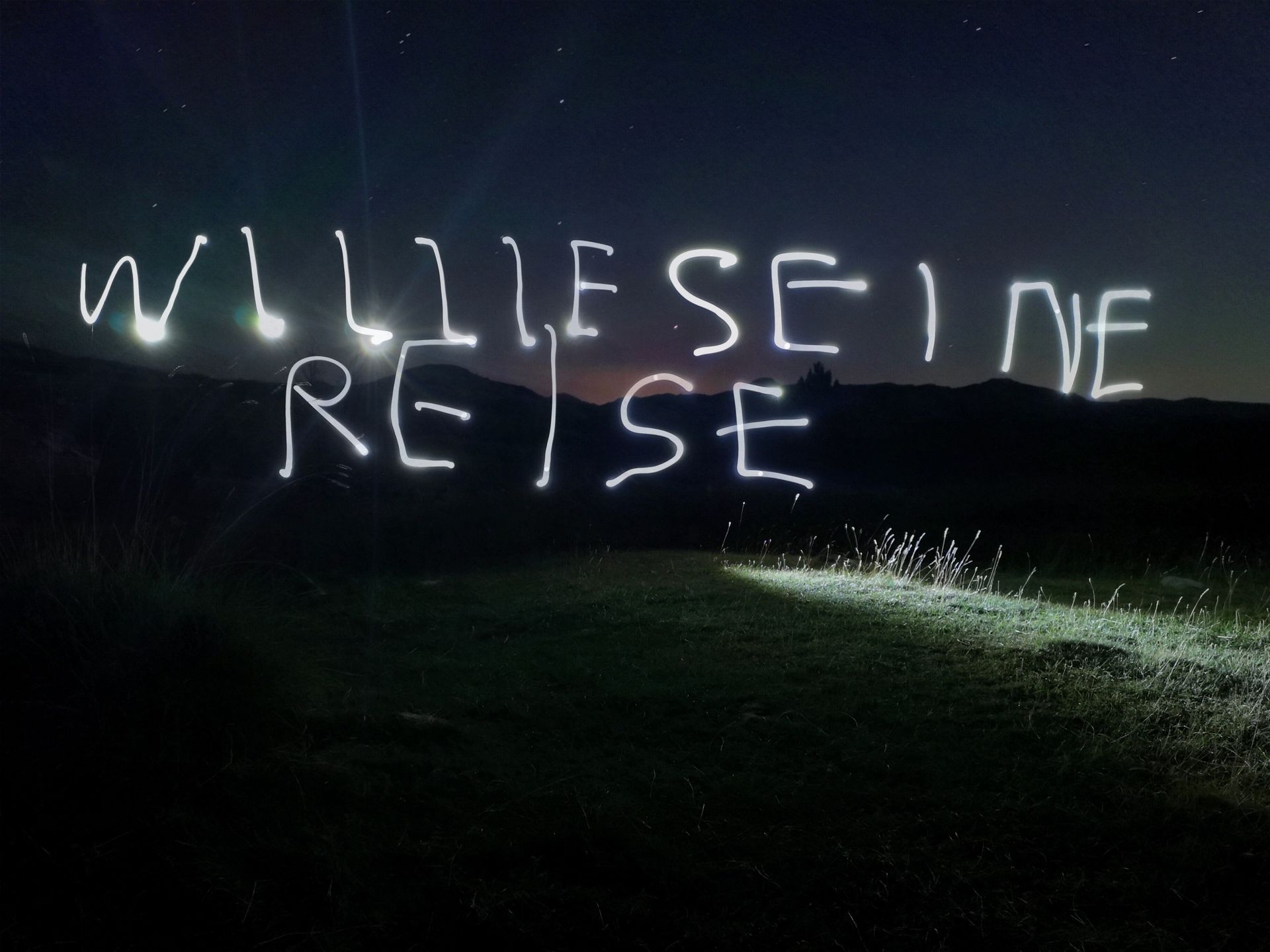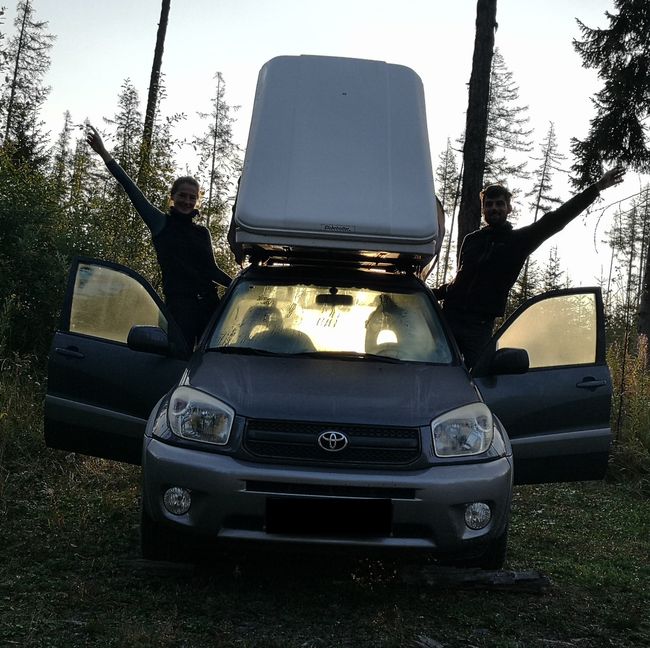The 8000ers, Kathmandu, and Bhaktapur
Опубликовано: 24.03.2023
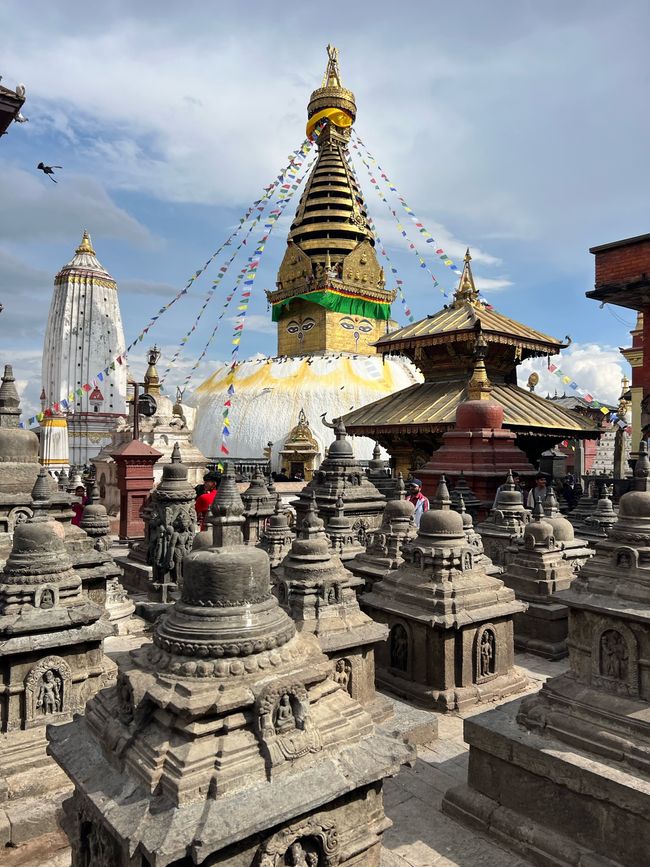
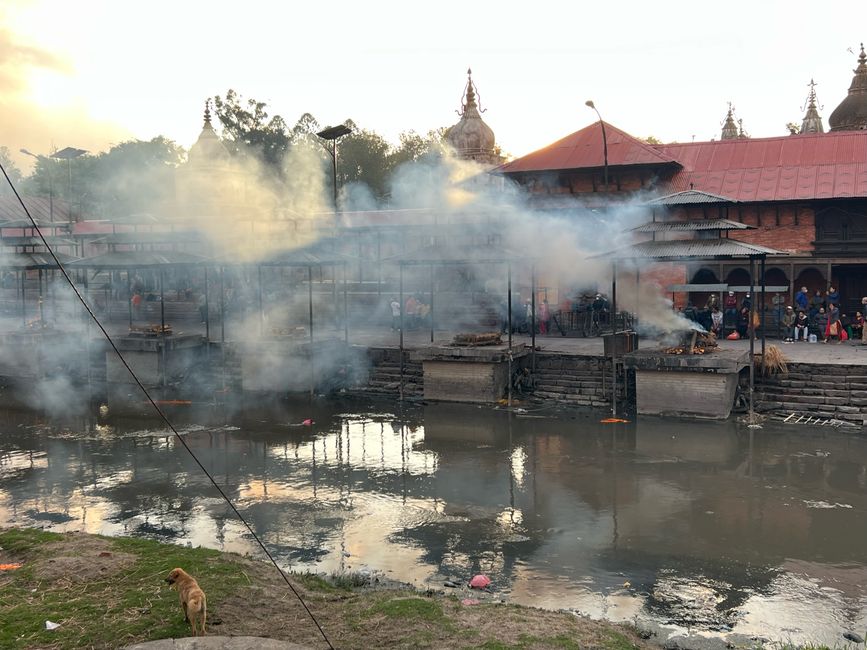
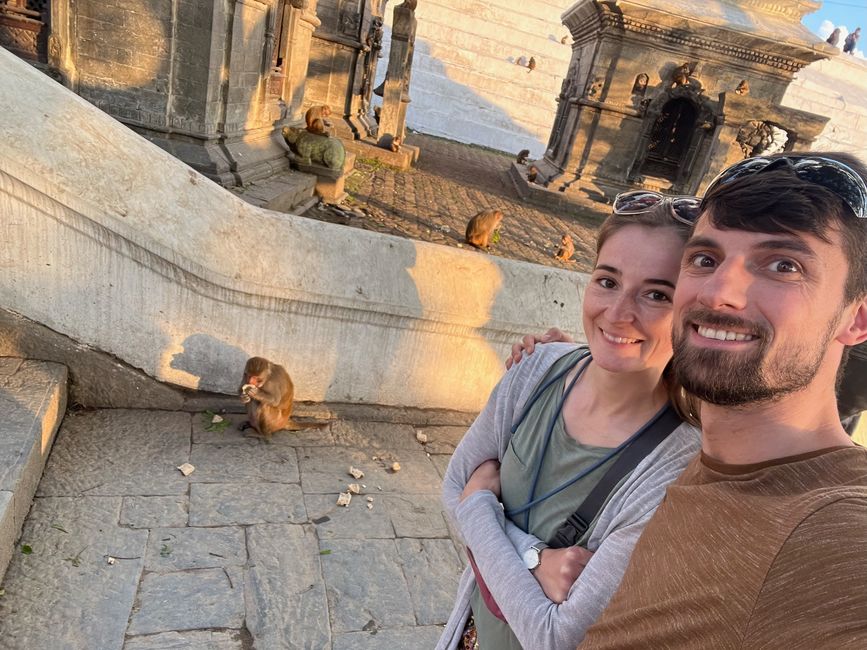
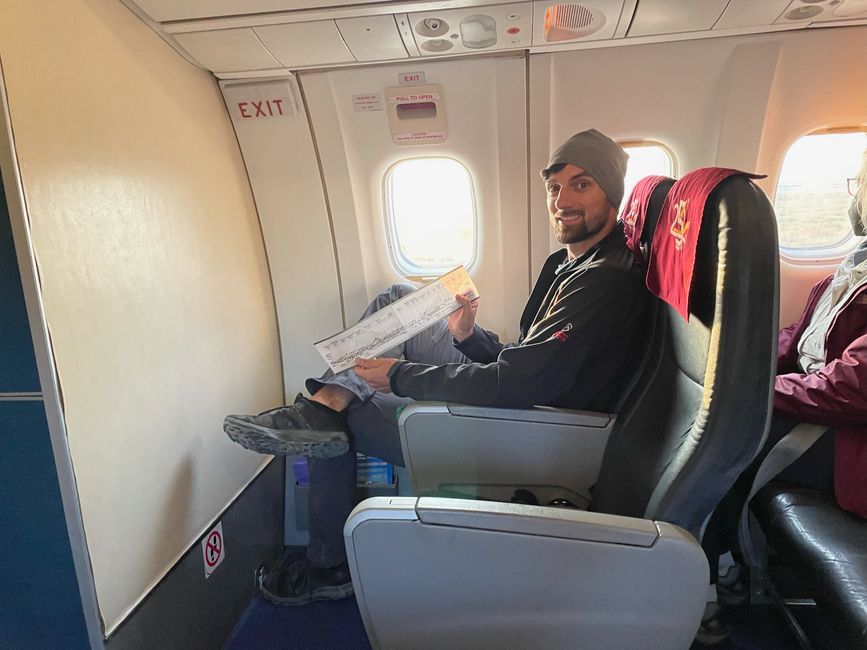
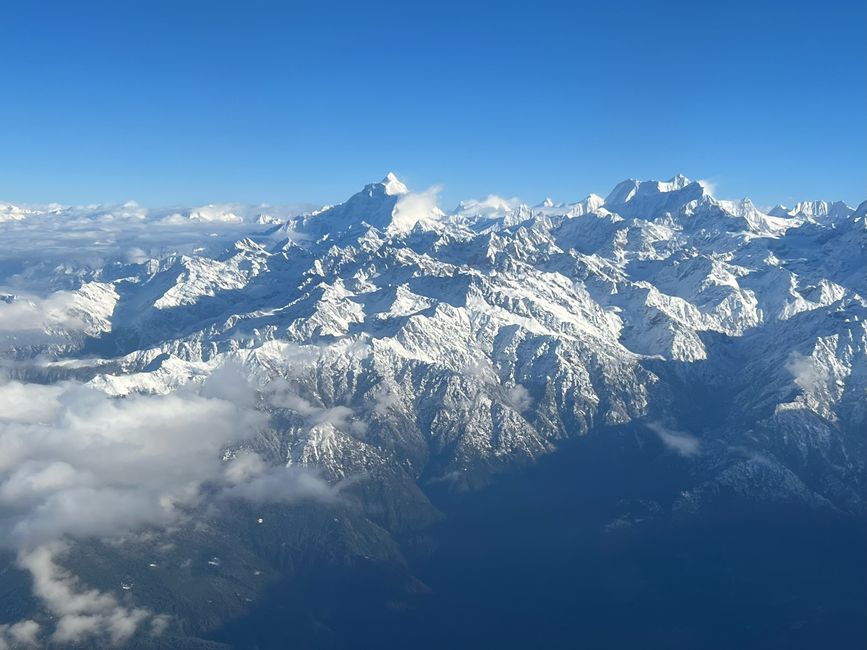
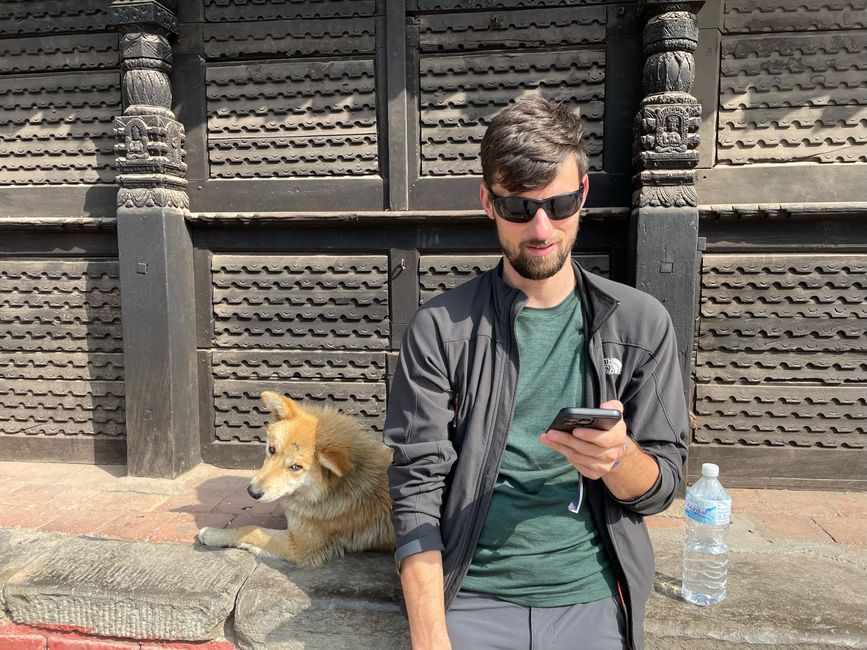
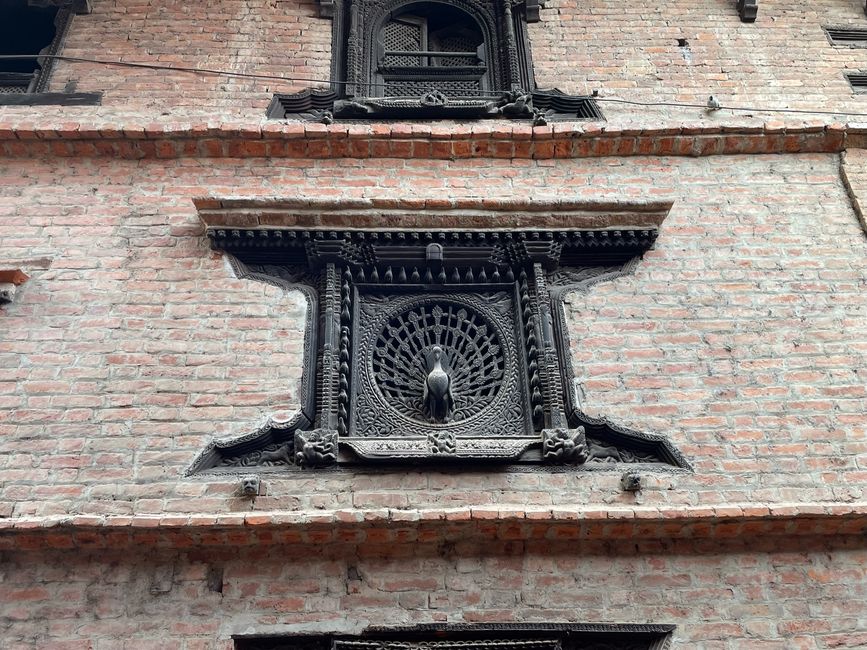
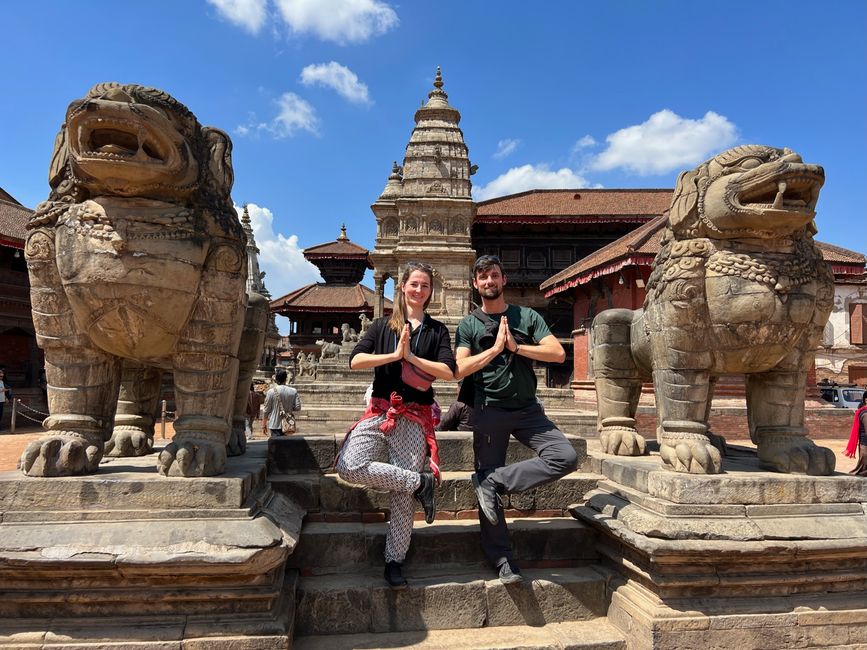
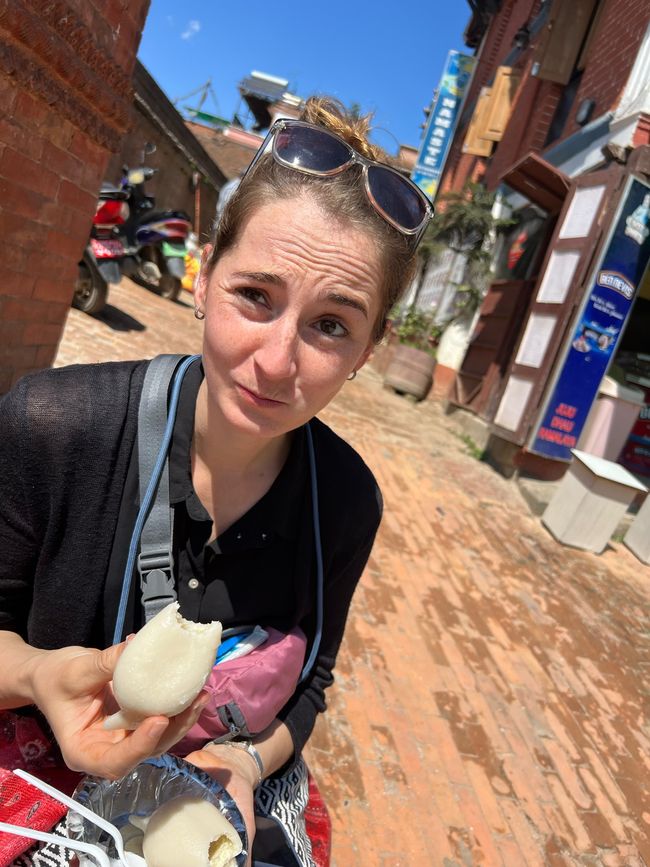
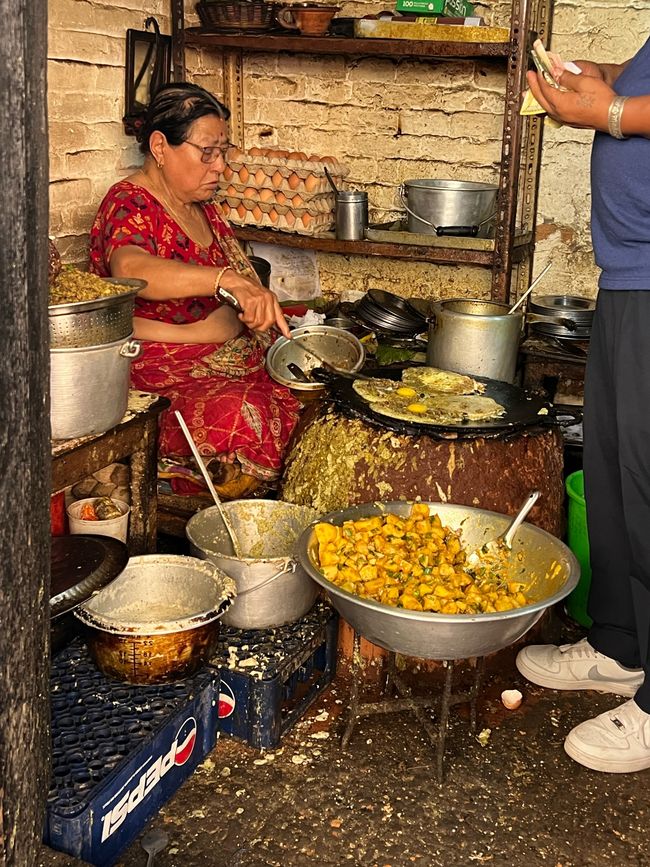
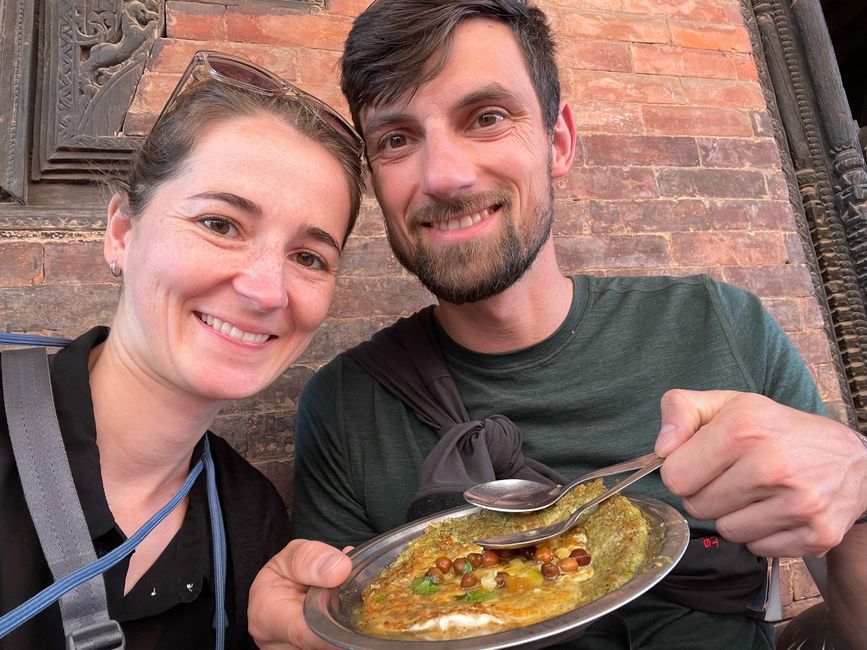
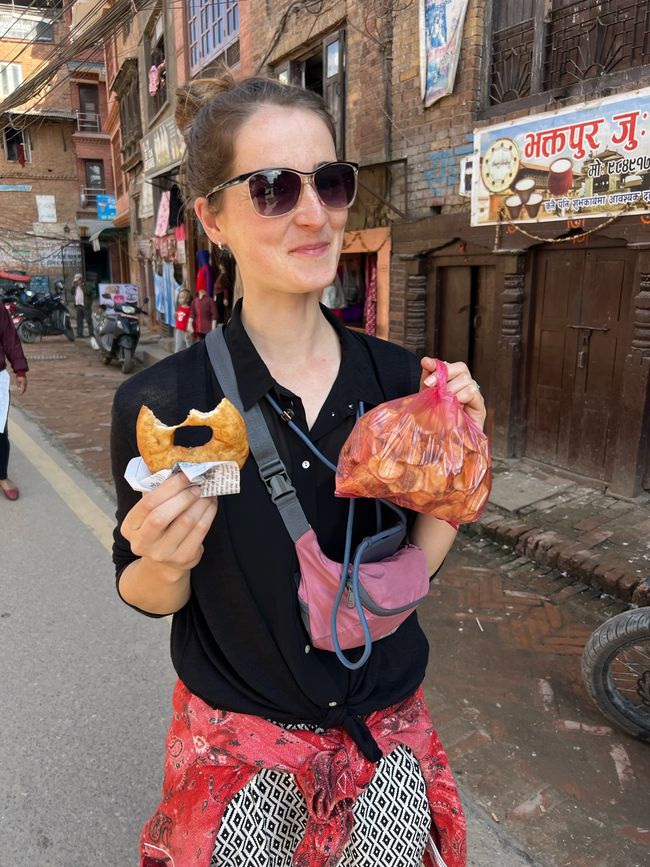
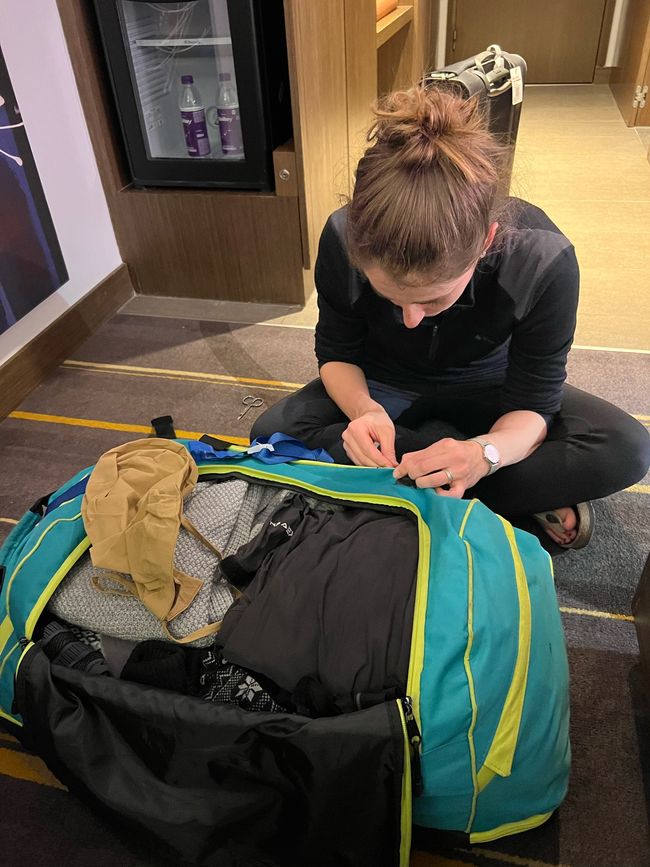
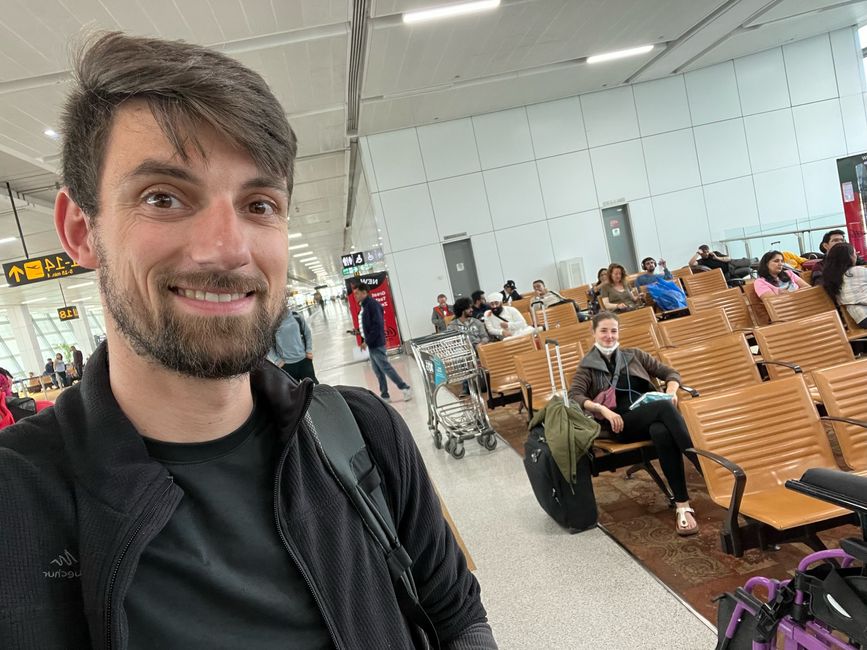
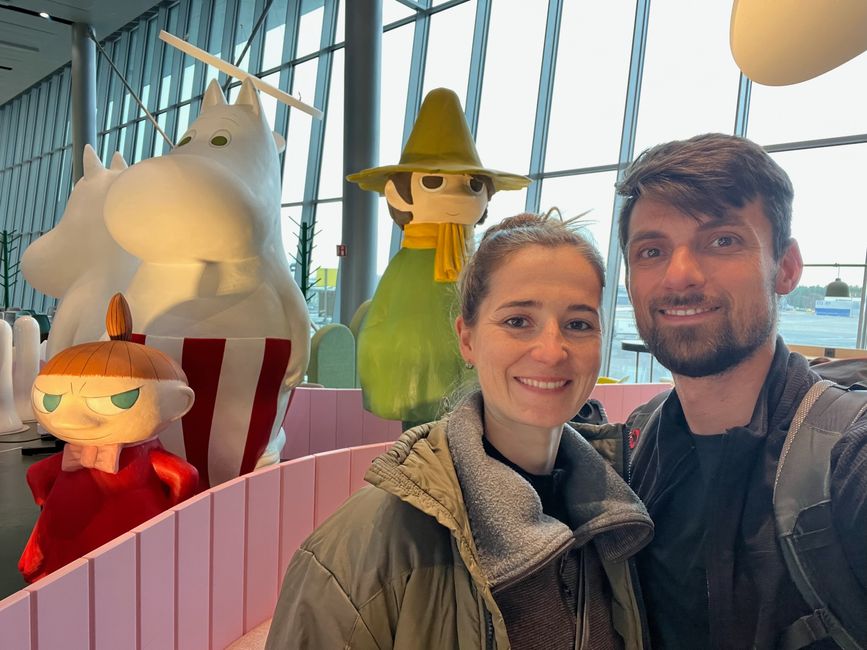
Подписаться на новостную рассылку
By plane, it's really just a hop of 25 minutes between Pokhara and Kathmandu. We had to wait briefly until Kumar (our driver) picked us up at the airport, and despite the discussion the night before, there were a few phone calls and some additional communication needed because Kumar was not quite sure how our planned city tour of Kathmandu would take place. In the end, we were able to clarify everything and quickly picked up the local guide Rajesh for the tour. The first stop was the Swayambhu Stupa, also called Monkey Temple. The name is self-explanatory, Monkey Temple, not Swayambhu. These animals feel quite comfortable due to the surrounding trees and the many people who feed the monkeys and leave their garbage behind. Rajesh told us a lot about the history of the stupa, which is of course very religious and sometimes not so easy for us to grasp: the Kathmandu Valley was once filled with water, a large lake with a light in the middle. But the lake was too big for anyone to find out what kind of light it was. Eventually, a Chinese man with superpowers came and split a mountain with his sword so that the water could drain away and he could investigate the cause of the light. Where the light used to shine, the stupa we visited was later built. We made our way up the many steps between the people and the monkeys to the actual temple, took a walk around the pagoda, and were led by Rajesh to a painting school where the special art of Thankpa painting was explained to us. Before getting back in the car, we wanted to improve our luck by trying to throw coins into a bucket in the middle of a fountain, but unfortunately, we were not successful.
We then continued to Durbar Square with its many temples and the former royal palace. This place was also naturally crowded with people, but there were fewer scooters and cars, and people were considerate of one another. The different temples display the images of different gods, and people often stop for a brief prayer or the typical religious gestures (hand towards the god or temple and then to the forehead). We strolled through the square, which still showed traces of the great earthquake in 2015 - the earthquake that also buried the Langtang Valley and its inhabitants. Many buildings have been restored or completely rebuilt, but you can still see the support beams and cracks in the facades of countless buildings. We tried to keep up with Rajesh's stories about the deities and their history, but we couldn't quite remember the difficult names and different tasks and manifestations. This was partly due to the somewhat hectic way he told the stories in sometimes slightly awkward English. But Rajesh made an effort, and we were grateful for any input while we admired the temples and buildings with their wooden decorations. We quickly went through the exhibition on the history of Nepal and left the palace after just a few minutes. On the way back to the car, Rajesh treated us to some street food (food from a small cart by the roadside). In front of our eyes, the lady prepared a filling for the rice balls. The dish was well-seasoned (spicy) and tasted delicious. So far, we had been spared from any side effects of the food and didn't want to risk it now either, so we settled for a few bites each and headed to the Pashupatinath Temple. This complex is quite large, located in the middle of Kathmandu, consists of several temples, and is located right on the Bagmati River. In Buddhism, people are cremated after death, and, as Rajesh explained to us, it is a ceremonial process with many steps. The special thing about it is the public cremation of the bodies on the riverbank, which was also taking place while we stood there. The ashes are then flushed into the river. Europeans also deal with death quite normally, but seeing this public ritual was something different. After moving away from the smoke, we made our way up again to the opposite exit of the complex. Just a 5-minute drive away was our last stop, and it was already 6:30 PM. We reached the Boudhanath Stupa, Nepal's largest stupa and a pilgrimage site for people from Tibet and Buddhists from all over the world. Due to the time, we didn't have to pay an entrance fee anymore and joined the stream of people who were moving clockwise around the building, turning the prayer wheels set into the wall. Our guide gave us some additional information and offered to recommend a good restaurant, which we politely declined. We had been on our feet for a long time and looked forward to finally checking into the hotel and having a light meal. As planned, we went to a nearby restaurant for dinner. The main course was not great, but if anyone has the chance to eat Crunchy Corn (roasted corn with spices), they should definitely take it.
We set our alarm clock early again and got up shortly after 4 am for our second attempt at the scenic flight along the Himalayas. The previous evening, we had prepared a small lunch package consisting of croissants and cookies. After a quick visit to the bathroom, we grabbed the food bag and Kumar, who was super reliable, took us to the airport again. We realized that in the last 4 days of our vacation, we had spent a lot of time at airports, but of course, we were extremely excited and looking forward to the scenic flight. This time everything went a bit faster than on the first attempt, and after a short wait, we were sitting in the first row of the plane. The engines were started, and we took off. After just a few minutes, we could see the first snow-covered peaks and started to marvel, trying to figure out on the map which mountains were in front of us and taking pictures. Everyone had a window seat, and the aisle seat was left empty. The mountains were initially visible on Lotti's side on the left in the direction of flight, and Karsi, like everyone else on the plane, immediately slid over. The view got better and better, the peaks higher, and the cabin crew regularly walked through the cabin to show us on the map which mountains were right in front of us. After about 15 minutes, we caught sight of Mount Everest with its 8848m, and we marveled at the snowy, triangular peak. Shortly afterward, the plane made a U-turn, and everyone on board switched to the right side for the return flight (which even had slightly cleaner windows). Once again, we saw the impressive mountain range pass by, tried to identify the mountains again, and enjoyed the magnificent view in addition to taking some pictures. After 45 minutes, we left the mountains behind and started our descent to Kathmandu. It actually went much too fast, but we agreed that the view made the price and the early wake-up call worth it.
In the afternoon, we planned a trip to Bhaktapur, the third-largest city in Nepal and one of the three cities in the Kathmandu Valley. The 20km journey could be taken either by taxi for around 1500-2000 Nepalese Rupees (NPR) (12-15€) or, for a more exciting experience, for 100 NPR (80ct) by public bus. Since we had already traveled a lot by taxi, spent quite a lot of money on our vacation, and felt more confident in dealing with the country, we decided to take the bus. Kumar had given us good tips the night before, which we followed closely. In the local buses, there is a driver and a ticket collector who collects the money and continuously announces the bus's destination. For us, of course, it was difficult to understand, and the sign at the front of the windshield is only written in Devanagari script. But the locals are so helpful that we were sitting on the bus to Bhaktapur quite uncomplicatedly within a few minutes. We were proud of ourselves and enjoyed this success. However, we always kept the GPS on so that we wouldn't miss our stop (there aren't really proper stops except at the major bus stations). But our conductor also made sure we got off at the right stop. Gratefully, we left the bus directly at the entrance to the old town, bought the ticket for the city (whose proceeds go towards the preservation and reconstruction), and started exploring the streets at around 8:45 AM. At this time, most of the shops, for which Bhaktapur is so famous, were still closed. We enjoyed the empty and relatively quiet streets and began to explore the temples and large squares with the help of sightseeing texts from the internet. Bhaktapur has four large squares with old temples, everything is very religious again, and it used to be the capital of Nepal before being replaced by Kathmandu. The Newar population still excels in pottery, clothing production, and serving typical meals in the narrow streets, which we also had to try. So, not only did we see many temples in the alleys quickly filling up with people, but we also tasted the famous Juju Dhau (a local "king's curd" - tasty), tried Lakhamari (a circular hard biscuit with icing sugar, typical for celebrations - delicious), Yomaris (a dessert made of condensed milk wrapped in rice dough - an acquired taste), Bara-Wo (a lentil pancake with egg or meat - yummy)! We also found a small window where freshly made, still hot, very delicious donuts (with cream filling on request) were being sold, and of course, we couldn't resist!
By around 2 PM, the streets started to get crowded, the sun was quite hot, and we had seen the most important parts, so we made our way to another bus stop and returned to Kathmandu for a total of 70 NPR (about 55ct) this time. But not before refueling with the fully packed bus - the queue for gasoline, especially by motorcycles, was shocking. On the way from the bus stop in Kathmandu to the hotel, we strolled past stands, through small shops, bought the last souvenirs, and decided to head to a familiar restaurant for dinner. After all, Lotti had not yet tried the chocolate-filled momos. So, in the evening, we had these delicious dumplings before sorting our bags and suitcases in the hotel room to avoid getting too stressed when leaving the next morning.
We woke up shortly before the alarm went off, had a delicious breakfast at the Thamel Park Hotel, took a short walk to stretch our legs through the narrow streets, and met Dil, our contact person from the travel company that had organized most of the activities for us. Kumar drove us to the airport one last time, unfortunately a bit early due to the hotel's check-out time, but that way we could enjoy two more hours in the lounge at the airport, write postcards, and have lunch. We boarded our flight to Delhi, enjoyed the premium food, and were surprised by how quickly the immigration process went. But too soon to celebrate: on the flight, Karsi's checked luggage was damaged, one of the handles had come off, and filing the claim took a lot of time. Slightly annoyed, we shooed away the persistent taxi drivers in front of the terminal building and made our way to the metro. After our bus rides in Nepal, one station with the Indian metro to the airport hotel couldn't be that bad. No plot twist, it wasn't. After just 5 minutes on the metro and a 10-minute walk, we could check-in and settle into our room. Before laying down for another short night, Lotti skillfully repaired the hole in Karsi's bag with her emergency kit (we simply cut off the handles).
The alarm clock rang again at 4 am. After a quick shower, we checked out smoothly, ordered an Uber taxi to the airport, which cost us about 2.50€, and embarked on the journey from check-in to departure, through security, and after a short stay in the lounge with breakfast, to board the flight to Helsinki.
After almost 8.5 hours and several movies, we landed safely in Finland with a slight delay and spent the time until our flight to Berlin with tea and hot chocolate in the Moomin Café. Now we are heading to the final leg back home.
Подписаться на новостную рассылку
Отвечать
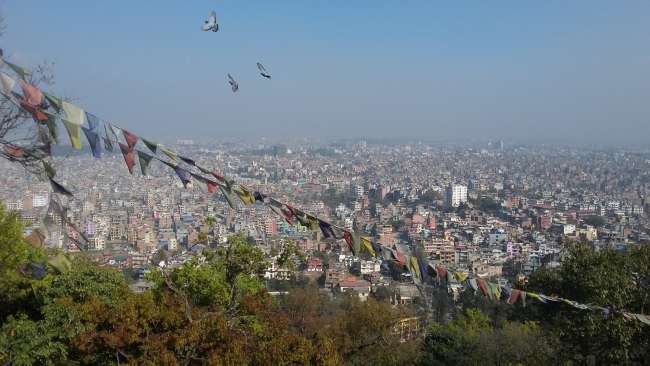
Отчеты о поездках Непал
